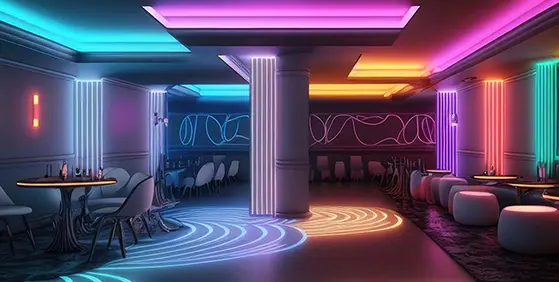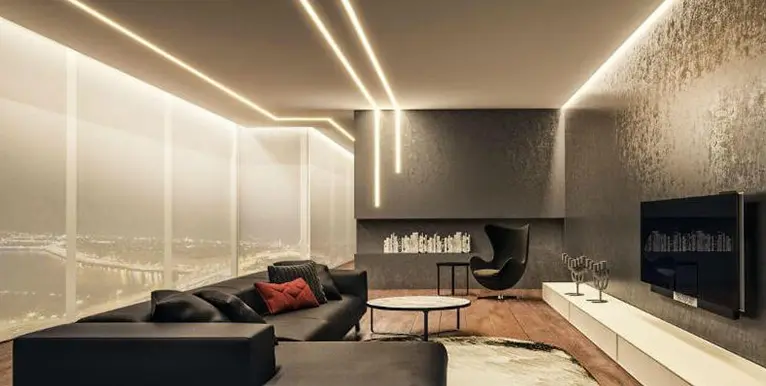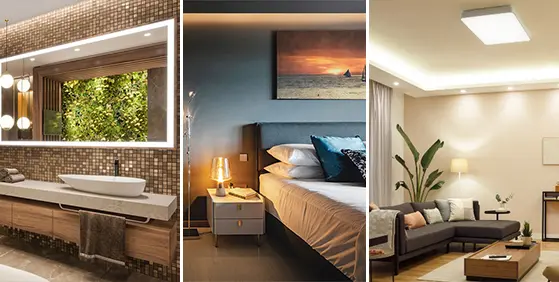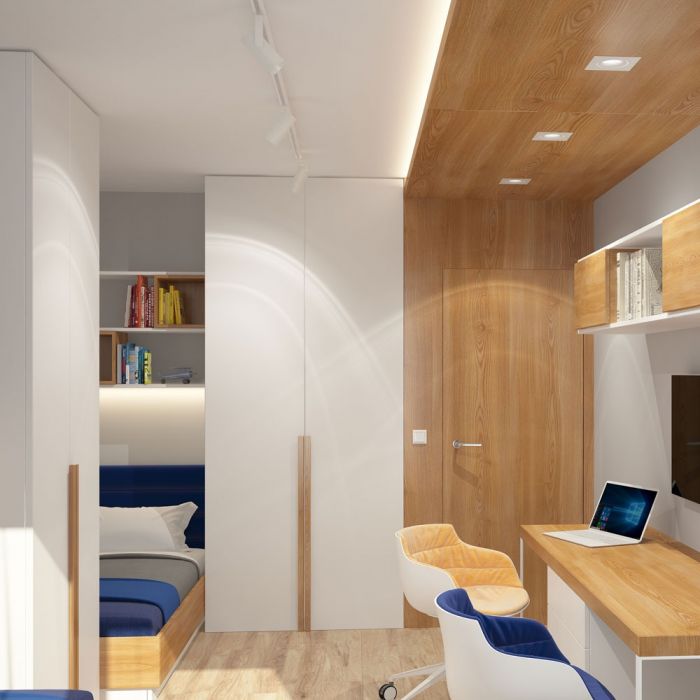The Ultimate Bedroom Lighting Buying Guide
Lighting a bedroom is all about creating a sense of calm. Of course, you sleep there, so you want a lighting palette that helps you wind down at the end of the day and drift off to sleep, especially in a kid’s bedroom where you’re getting them to relax, even if they don’t want to.
But it’s also where you start your day; choosing what to wear, and putting on makeup… the things that ease you into a new day. For that, you want task lighting that will do the job but which won’t jolt you awake on a dark winter morning before you’re ready. Layering the mood and task lighting in a bedroom creates a multifunction space that will both get you to sleep and wake you up.
What is the best lighting for the bedroom?
To get the layered look for your bedroom lighting start with the centre of the room and think about a statement pendant. You might want to put one over the bed instead, but remember you may one day want to change things around, in which case you’ll also have to move the light fitting. A pendant in a bright or complimentary colour to your decor, or one in an eye-catching art style, becomes the focal point of the room as well as the primary light source.
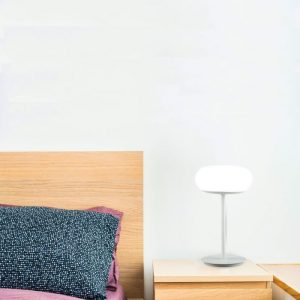
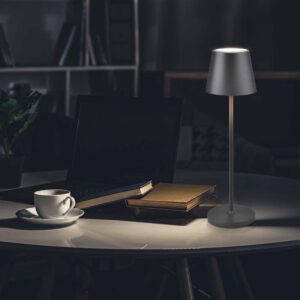
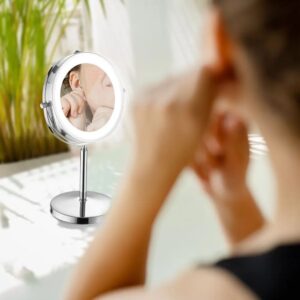
If the room is big enough think about using an oversized floor lamp for a corner. This may be as task lighting for a reading nook or dresser where you put on makeup. In the nursery bedroom it could make nappy changing feel a bit more stylish and in a kid’s room could be over a desk where they do homework, Lego, a computer or a hang-out corner with friends.
Wall sconces as up or down lights add mood lighting, with up lights that reflect off a bright ceiling especially effective as they make a feature of the otherwise unused ceiling and make the room feel taller. A single wall sconce or recessed light low down makes a perfect nightlight and is ideal for a nursery or small child’s bedroom.
Bedrooms have lots of surfaces that are ideal for side lights such as dressers and bedside tables. Each of these surfaces is there for a function that will require task lighting – reading, watching TV or removing makeup in the evening.
Do LED lights work for a bedroom?
LED lights are great for the bedroom because they come in all shapes and sizes, and even colours. You can easily find a suitable combination of fittings, brightness in lumens and temperature in kelvin to create the layered lighting a bedroom needs using pendants, floor lights, sconces, side lights and recessed lights that use LEDs.
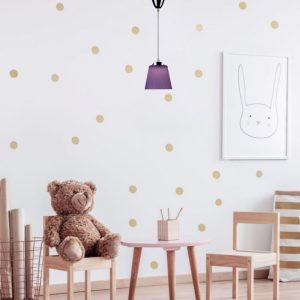
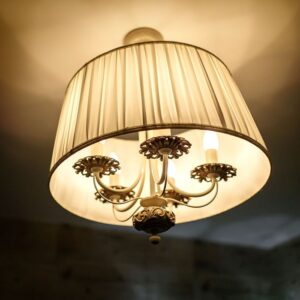
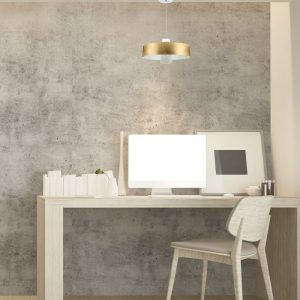
The added advantage of using LEDs is the strip lighting on a roll which is a lighting type not available in any form but LED. This lets you fit lighting in places where previously none could go, bringing light to dark corners and spaces under beds, shelves and cabinets.
Be sure that all your lighting in the bedroom can be switched on and off separately so you can layer the room lighting depending on the time of day or night and whether you need the task and main lighting on or not. Some LED lighting can be remote-controlled and some can use motion sensors so downlights, for example, might come on only if you get up at the night and need to see your way to the bathroom without fumbling half-awake for the light switch.
Which Colour LED light is best for the bedroom?
LED lighting is mostly advertised as coming in tones of white such as cool, warm or daylight. This colour tone is measured in Kelvin (K) which is often marked on the bulb. Around 3000K will give a warm, orange/yellow light, with 4000 to 5000K being whiter daylight and around 6000K a blue/white colour.
For bedrooms stick with the middle and lower ranges even for task lighting as the brighter blue lights are probably too jarring to the eyes first thing in the morning and will slow down the process of preparing your body for sleep in the evenings.
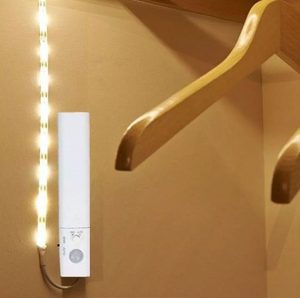
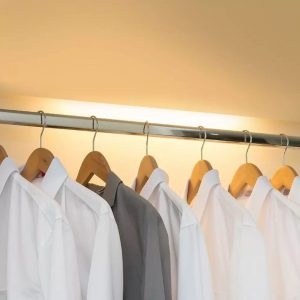

How many lumens/wattage do I need for a bedroom?
Brightness is measured in lumens and the number of lumens emitted by an LED increases with power, which is measured in wattage (Watts).
A rule of thumb for a bedroom would be 170 to 180 lumens per square meter for general bedroom lighting and 400 lumens per square meter for task lighting. This should give you bright enough light to read by without overlighting the room as a whole.
The power required by an LED is much lower than that required by traditional bulbs to produce the same brightness. So LEDs have a much lower wattage to create the same amount of light. In fact, LEDs use about 75% less energy than older bulb types, and they last much longer too. So LEDs save you money in the bedroom and every other room that you use them in.
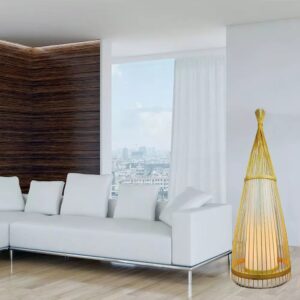
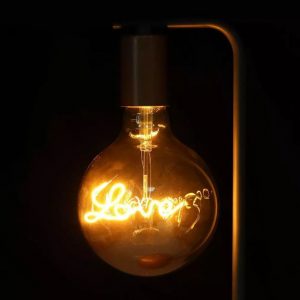
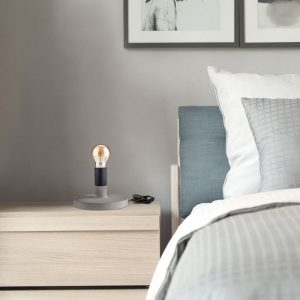
How do you install LED lights in a bedroom?
LED bulbs are available with all fitting types – screw thread, bayonet, GU10 and more. So you’ll have no problem finding a great choice of LED bulbs in different lumens, kelvin and wattage that fit any type of lighting you need in the bedroom. LEDs are available for pendant lights, wall lights, side lights, floor lights and more.
FAQ
Which light is best for the bedroom at night?
Avoid white or blue light as these will affect the process your body goes through while preparing for sleep. Go for soft white for ambient lighting and cool white for task lighting.
Where should a ceiling light be placed in a bedroom?
Place pendant ceiling lights either central to the room or above a bed as a feature light. Avoid putting pendants in corners but recessed ceiling lights across the room will give a nice even light.
Where should a floor lamp be placed in a bedroom?
Floor lamps work great in corners that would otherwise be difficult to light. They are also very flexible and easy to move if you decide to rearrange the room in the future.
How do you use LED strip lights in a bedroom?
LED lighting strips are an exciting new lighting innovation and the bedroom is a great place to experiment with them. With a negligible profile, they can be easily hidden under surfaces such as beds, table edges and shelves to create downlighting or as a subtle nightlight. Not only do they come in the lumen range we discussed above but you can also buy them in RGB colour ranges, remote-controlled or motion sensor-controlled and even smart LEDs that work with Alexa and Google Home. LED strips can be cut to length with scissors, or to avoid wastage, designed and soldered to length.
Contact us or go straight to our bedroom lighting page and start getting ready for bed!

